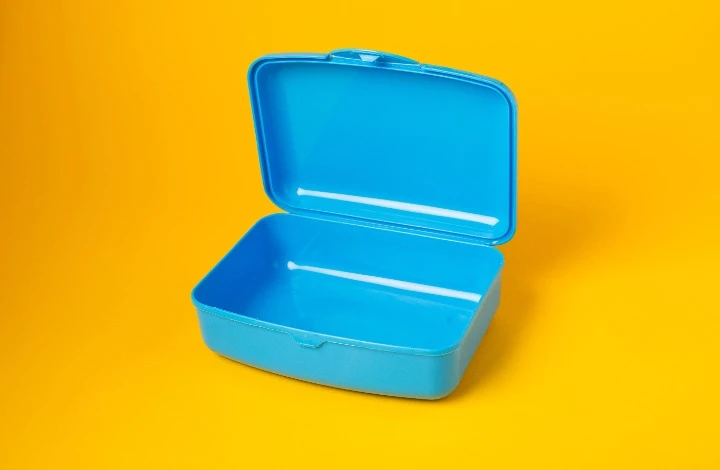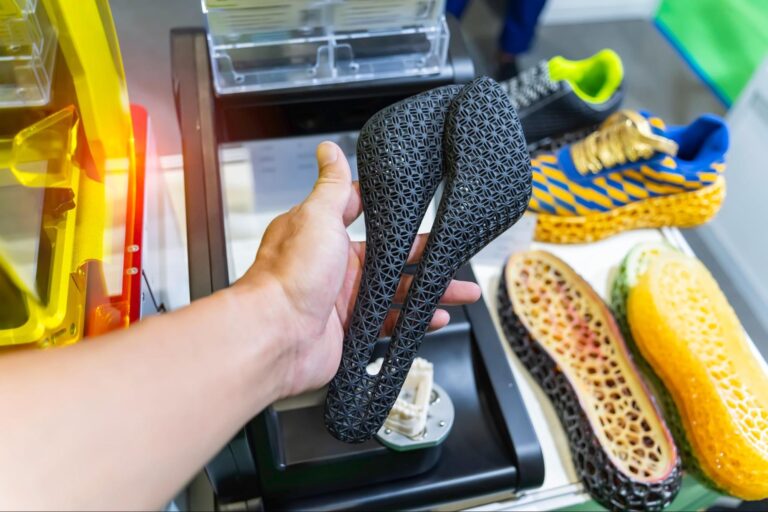Nylon 6, also known as polyamide 6 (PA6), is a widely used thermoplastic material in 3D printing due to its strong mechanical properties, toughness, and versatility. Nylon 6 offers good impact resistance, chemical resistance, and thermal stability, making it suitable for a variety of applications. Some common applications of Nylon 6 in 3D printing include:
Functional Prototypes: Nylon 6 is often used to create functional prototypes that closely resemble the properties of final parts. This is valuable for testing and validation before moving to mass production.
End-Use Parts: Its combination of strength and durability makes Nylon 6 suitable for producing end-use parts that need to withstand mechanical stress, wear, and environmental conditions.
Mechanical Components: Nylon 6 is commonly used to produce mechanical components such as gears, bushings, bearings, and other parts that require low friction and wear resistance.
Automotive Parts: Nylon 6’s mechanical properties, heat resistance, and chemical resistance make it suitable for producing automotive components like brackets, connectors, and housings.
Consumer Goods: Nylon 6 is used in the production of consumer goods such as electronics components, housings, and enclosures due to its durability and versatility.
Industrial Tools and Jigs: Its toughness and resistance to wear make Nylon 6 suitable for creating tools, jigs, and fixtures used in manufacturing and assembly processes.
Sports Equipment: Nylon 6 is used in the production of sports equipment like protective gear, outdoor gear, and components for exercise equipment due to its impact resistance.
Medical Components: Nylon 6’s biocompatibility and sterilization capabilities make it suitable for producing medical components, surgical instruments, and housings for medical equipment.
Customized Wearables: Nylon 6 can be used to create straps, bands, and components for wearable devices like fitness trackers, smartwatches, and medical wearables.
Electrical and Electronic Components: Its electrical insulation properties and resistance to chemicals make Nylon 6 suitable for producing enclosures, connectors, and housings for electrical and electronic devices.
Aerospace Components: Nylon 6’s mechanical strength, heat resistance, and chemical resistance make it appropriate for creating interior components, brackets, and housings in aerospace applications.
Oil and Gas Industry: Nylon 6’s chemical resistance and durability make it suitable for producing components used in the oil and gas industry, including parts exposed to harsh environments.
These applications demonstrate the versatility of Nylon 6 in various industries where its mechanical properties and durability are important. When using Nylon 6 for 3D printing, it’s essential to understand its specific properties, adjust printing settings accordingly, and follow appropriate post-processing guidelines to achieve optimal results.








